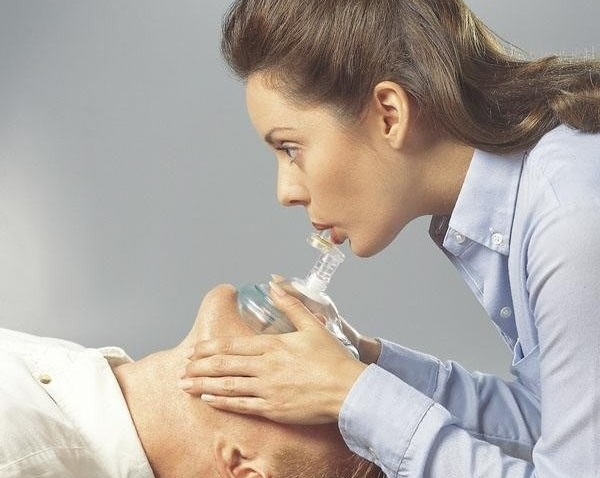
Using a Pocket Mask Where Should the Rescuer Be Positioned?
Introduction: The Importance of Proper Positioning
In emergency situations, knowing how to use a pocket mask effectively can be a lifesaving skill. Understanding using a pocket mask where should the rescuer be positioned is crucial for providing efficient rescue breathing. The right positioning ensures proper ventilation reaches the victim while protecting the rescuer from potential pathogens. In this comprehensive article, we will discuss the anatomy of the pocket mask, the importance of rescuer positioning, and the best practices for performing rescue breathing effectively.
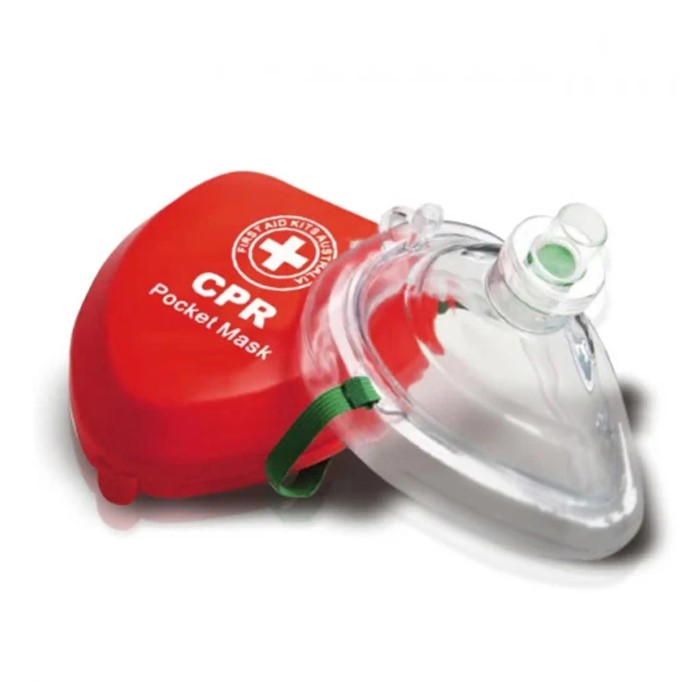
Understanding the Pocket Mask
What is a Pocket Mask?
A pocket mask is a crucial tool used by first responders and laypeople alike for administering rescue breaths during cardiopulmonary resuscitation (CPR). It is designed to allow the rescuer to provide effective ventilation while minimizing the risk of disease transmission.
- Key Features of the Pocket Mask: Pocket masks typically feature a soft rubber or silicone mask that fits securely over the victim’s mouth and nose. They include a one-way valve that only allows air to flow from the rescuer to the victim, providing a barrier against exhaled air and contaminants.
- Importance in CPR: The pocket mask’s design allows for effective ventilation. This is especially important in situations where the victim is not breathing or has no pulse. The mask enables the rescuer to deliver breaths while ensuring a safe distance from the victim’s mouth.
Why Proper Positioning Matters
Impacts on Effectiveness
The effectiveness of rescue breathing is significantly influenced by the rescuer’s position. Here are several factors as to why proper positioning is crucial:
- Airway Management: Proper positioning helps facilitate the opening of the airway. When the rescuer is correctly positioned, it allows for better head alignment, which is essential for effective ventilation.
- Safety Considerations: Being in the right position reduces the risk of miscommunication and enhances the rescuer’s overall safety. A good position allows rescuer to respond to any changes in the victim’s condition quickly.
Best Practices for Rescuer Positioning
Recommended Positions for Rescuers
- Kneeling at the Victim’s Head: The rescuer should position themselves at the head of the victim, kneeling or crouching for optimal access. This height allows for greater control over the position of the pocket mask and reduces strain on the rescuer.
- Facing the Victim Directly: The rescuer must face the victim directly to maintain effective communication. This position enables the rescuer to observe any changes in the victim’s condition while delivering breaths.
- Adjusting the Head Position: To provide proper airway access, the rescuer should gently tilt the victim’s head back using the head-tilt-chin-lift method for adults. For infants, minimal head tilting should be performed. Always ensure that the airway is open for optimal breath delivery.
Adjustments for Different Victim Types
Positioning for Adults, Children, and Infants
Using a pocket mask where should the rescuer be positioned? The method of positioning can change based on the victim’s age and size. Here’s how to adjust your approach:
- Adults: For adult victims, the rescuer should maintain the previous positioning.
- Children: Position your body similarly to how you would for an adult. However, consider that a child’s smaller stature may require a different approach to open the airway effectively.
- Infants: For infants, the rescuer should kneel beside the infant’s head while keeping the infant’s body flat. Utilize a slight head tilt and gentle chin lift—being careful not to overextend the neck, as it can obstruct airflow.
Techniques for Using the Pocket Mask
Effective Use of the Pocket Mask
Using a pocket mask properly involves specific techniques to ensure that the breaths are delivered effectively while maintaining safety for both the rescuer and the victim:
Creating a Good Seal
- Position the Mask Properly: Begin by placing the pocket mask securely over the victim’s mouth and nose. A proper fit is crucial to ensure that it effectively delivers air without leaks.
- Adjust Your Grip: Firmly grip the sides of the mask with one hand while using your other hand to stabilize the victim’s head. This two-handed approach helps to create a secure seal around the face.
- Minimize Air Leaks: Ensure that the edges of the mask make full contact with the victim’s skin. If you notice any gaps, adjust the mask’s position to improve the seal, preventing air from escaping.
- Check for Stability: Once you believe you have a good seal, apply slight pressure to the mask while observing the fit. Ensure it stays in place while you prepare to administer breaths, as a stable seal is vital for effective ventilation.
Delivering Rescue Breaths
- Administer Air Gently: When delivering rescue breaths, push air into the mask gently. Use a smooth, controlled motion to avoid forcing air too quickly into the victim’s lungs.
- Timing is Key: Each breath should take approximately one second. This timing allows the air to fill the lungs without causing discomfort or risking over-inflation.
- Observe the Chest Movement: As you provide each breath, watch for the victim’s chest to rise visibly. This rise is a clear indication that air has reached the lungs and is essential for confirming successful ventilation.
- Pause Between Breaths: After delivering a breath, take a moment to assess whether the chest drops back down before administering the next breath. This natural rhythm helps ensure effective ventilation.
Monitoring the Victim
- Pause After Each Set of Breaths: After delivering a series of rescue breaths, pause briefly to evaluate the victim’s condition. Use this time to check for any signs of life or changes in responsiveness.
- Look for Signs of Improvement: Pay attention to cues such as spontaneous breathing or movement. If the victim begins to exhibit any signs of responsiveness, remain calm and adjust your actions appropriately.
- Be Ready to Adapt: If the victim starts to breathe on their own or shows signs of awareness, you may need to switch from delivering breaths to allowing them to breathe naturally while monitoring them closely.
- Continue to Assess Regularly: Even if the victim shows initial signs of improvement, continue to monitor their condition closely. Maintain a watchful eye for any changes, as conditions can change rapidly in emergencies.
Recognizing the Signs of Need for Additional Help
In emergency situations, even if you are using a pocket mask effectively, it’s crucial to know when to call for additional support:
Recognizing a Non-Responsive State
- Evaluate the Victim’s Condition: Continuously assess the victim’s responsiveness. Look for any signs that indicate whether they are conscious or aware of their surroundings.
- Check for Signs of Life: Gently shake the victim or speak loudly to try to elicit a response. If they do not respond to verbal cues or physical stimuli, it indicates they are unresponsive.
- Call for Help Immediately: If the victim remains unresponsive despite receiving rescue breaths, promptly call emergency services. Dial the emergency number in your area to request assistance—this step is crucial for ensuring that professional help arrives quickly.
- Provide Detailed Information: When you contact emergency services, be prepared to provide essential information, such as the victim’s condition, your location, and any relevant details about the incident. This information helps responders arrive adequately prepared.
Continuous Assessment
- Monitor the Victim’s Condition: Keep a vigilant watch on the victim’s body language and any physiological changes. Observe their chest for rising and falling, listen for any sounds, and evaluate skin color and overall appearance.
- Check for Improvement: Watch for any signs of improvement, such as spontaneous breathing, movement, or eye-opening. If the victim shows these signs, be ready to adjust your approach accordingly.
- Continue Rescue Breaths: If the victim’s condition does not improve and they remain unresponsive, continue delivering rescue breaths. Follow the established rate of approximately one breath per second, ensuring you maintain a good seal with the pocket mask.
- Stay Engaged and Alert: While performing rescue breaths, stay focused and engaged. Avoid distractions, and keep your attention on the victim to ensure you can respond swiftly to any changes.
- Prepare for Emergency Personnel: As you continue assessing and providing aid, be ready to hand over critical information and to assist emergency personnel when they arrive. Ensure that you communicate any steps you’ve taken and the current status of the victim to the responders.
FAQs About Pocket Masks and Rescuer Positioning
Where to stand when using a pocket mask?
The rescuer should stand or kneel at the victim’s head to maintain direct access for administering rescue breaths effectively.
What position should the rescuer be in?
The rescuer should position themselves at the head of the victim, allowing them to securely handle the pocket mask while monitoring the victim’s condition.
When using a pocket mask on an infant, where should you place it?
For infants, kneel beside their head, maintaining a flat position for the baby, and place the mask carefully over their mouth and nose to ensure a proper seal.
By mastering the techniques and positioning associated with using a pocket mask, you become a crucial link in the chain of survival during emergencies. Your preparedness and knowledge can save lives, reinforcing the importance of education in CPR and emergency response.
Conclusion: Mastering the Art of Rescuer Positioning
In conclusion, understanding using a pocket mask where should the rescuer be positioned is critical for everyone involved in emergency care. Proper positioning not only facilitates effective rescue breathing but also enhances the overall efficiency of the resuscitation process.
Equipping yourself with the correct knowledge enables you to make quick, informed decisions in high-stress situations. Whether you are a first responder, healthcare professional, or layperson trained in CPR, knowing how to use a pocket mask effectively can greatly increase the chances of a positive outcome.




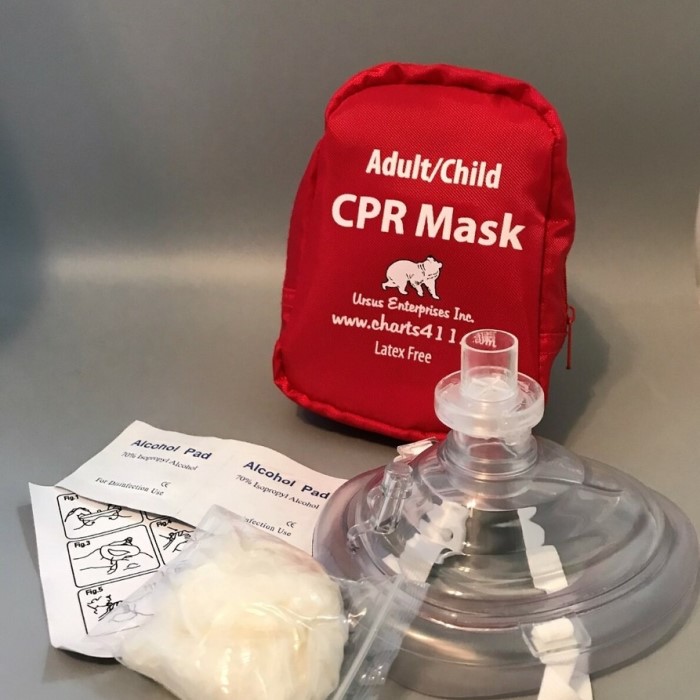
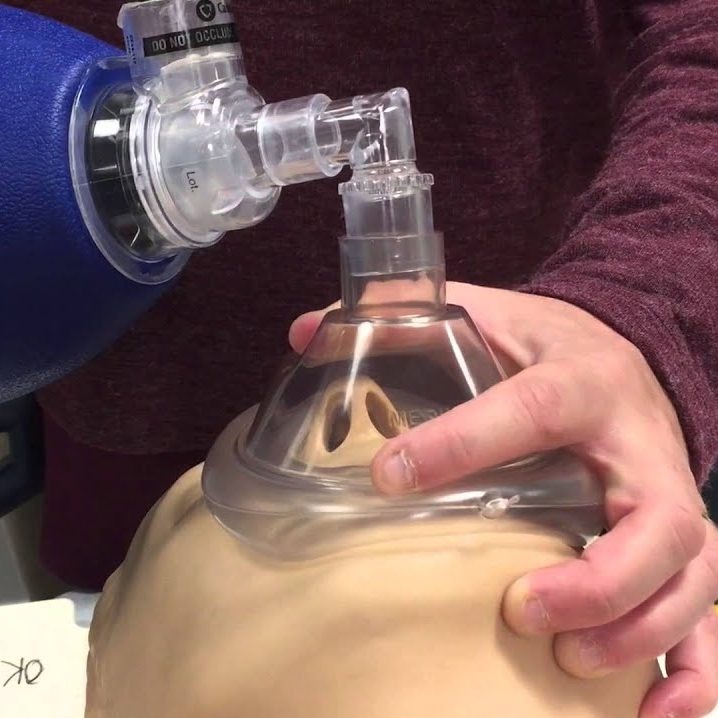
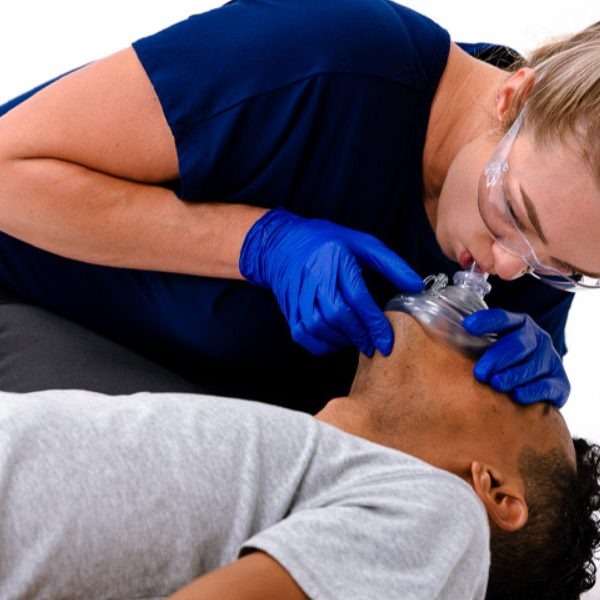
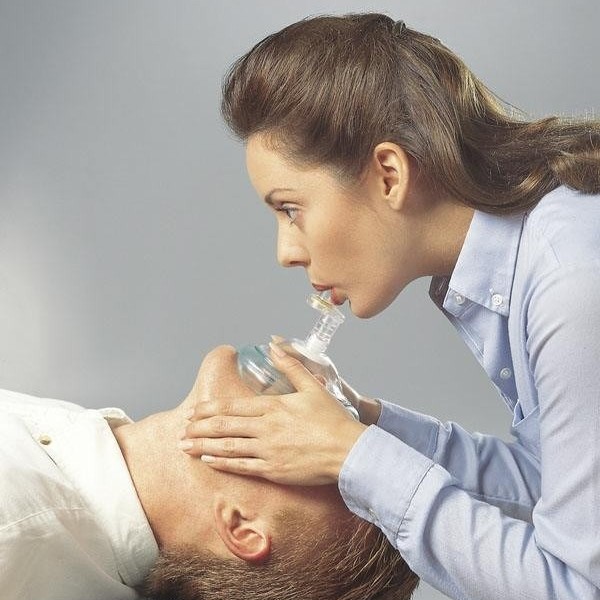
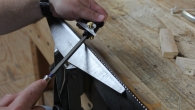
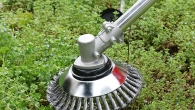
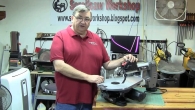
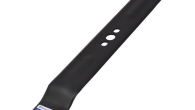
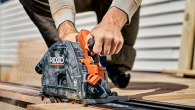
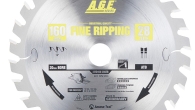


Leave a Reply